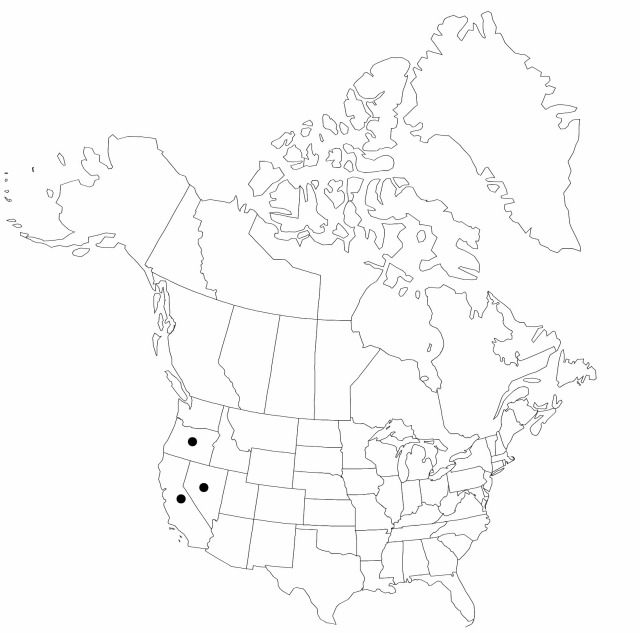Difference between revisions of "Carex filifolia var. erostrata"
in H. G. A. Engler, Pflanzenr. 20[IV,38]: 86. 1909.
Synonyms: Carex exserta Mackenzie
FNA>Volume Importer |
FNA>Volume Importer |
||
| Line 49: | Line 49: | ||
|publication year=1909 | |publication year=1909 | ||
|special status= | |special status= | ||
| − | |source xml=https://jpend@bitbucket.org/aafc-mbb/fna-data-curation.git/src/ | + | |source xml=https://jpend@bitbucket.org/aafc-mbb/fna-data-curation.git/src/8f726806613d60c220dc4493de13607dd3150896/coarse_grained_fna_xml/V23/V23_1084.xml |
|genus=Carex | |genus=Carex | ||
|section=Carex sect. Filifoliae | |section=Carex sect. Filifoliae | ||
Revision as of 16:05, 18 September 2019
Culms round to round-trigonous, 5–26 cm. Leaf blades 6–25 cm, 0.3–0.5 mm wide near base. Spike 7–20 × 3.5–6 mm, staminate portion 4–12 mm. Longest pistillate scales 2.2–3.3(–4) × 1.8–2.5(–4) mm, often shorter than perigynia. Perigynia obovate or elliptic, (1.9–)2.1–2.6(–3) × 1.3–1.7(–1.9) mm, sometimes ruptured by achene; beak 0–0.2(–0.3) mm. Achenes 1.5–2.3 × (1.1–)1.3–1.5 mm.
Phenology: Fruiting spring–summer.
Habitat: Meadows, treeless stony plains
Elevation: 1500–3800 m
Distribution

Calif., Nev., Oreg.
Discussion
Selected References
None.
Lower Taxa
None.
